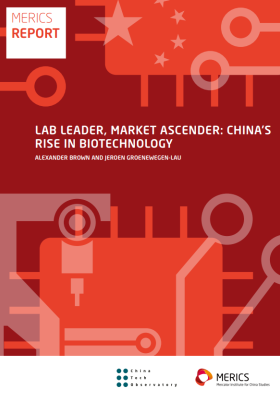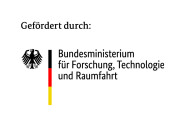

Chinese telcos join rush to build AI models despite chip shortage
In their effort to optimize China’s digital infrastructure for artificial intelligence, China’s state-owned telecommunications companies (telcos) are venturing beyond their traditional remit to develop AI models, even if private firms have traditionally been much better at developing cloud-based services.
These changes are driven by a saturated 5G base station market and skyrocketing demand for smart computing power centers – big data infrastructure equipped for handling AI model training and use. The Ministry of Industry and Information Technology (MIIT) stipulated last year that by 2025, China’s overall computing power should grow 15 percent over 2024 to 300 exaflops (1 exaflop corresponds to a computing performance of one quintillion floating-point operations per second). Smart computing power should grow even faster, said the ministry, to reach 105 exaflops, 35 percent of the total.
On the supply side, tightening US export controls limits China’s access to the most advanced graphic-processing units (GPUs), which are needed to train and deploy large language models (LLMs). Chinese firms are increasingly forced to turn to domestic alternatives that are not as good.
Chinese telcos’ pivot to the “model-as-a-service” business carries a risk of further stretching these limited resources. China Mobile, China Telecom and China Unicom are each spending over CNY 10 billion to purchase AI servers and to deliver LLMs as services to their users. China Mobile, for instance, launched a full-service computing power center, equipped with nearly 4,000 AI accelerator cards and 33 percent domestic AI chips, offering an exaflop of performance. This is only one of 12 such centers China Mobile operates.
Moreover, it is unclear whether telcos can be competitive in this space, unless they partner with private tech firms. Treating AI models as infrastructure mirrors earlier conceptions of “public clouds.” The cloud services that the telcos have developed over the years primarily serve government and state-owned enterprise customers. Already, Xingchen, the flagship LLM of China Telecom, follows this pattern.
MERICS Lead Analyst Rebecca Arcesati says: “Scarcity in computing power is likely to affect China more in the future. Having telecommunications operators develop their own LLMs could hamper the efficient use of the limited computing power available.”

